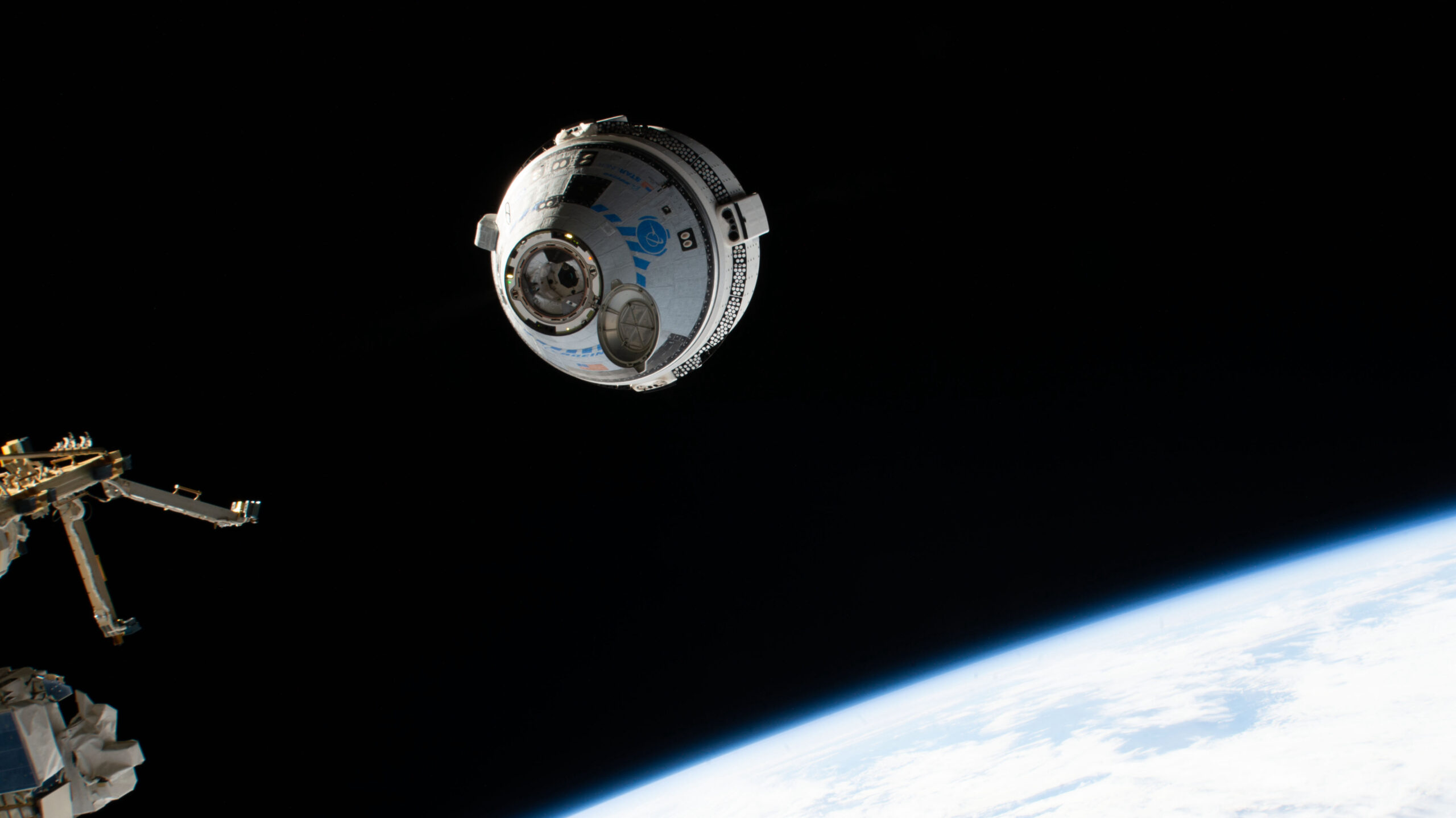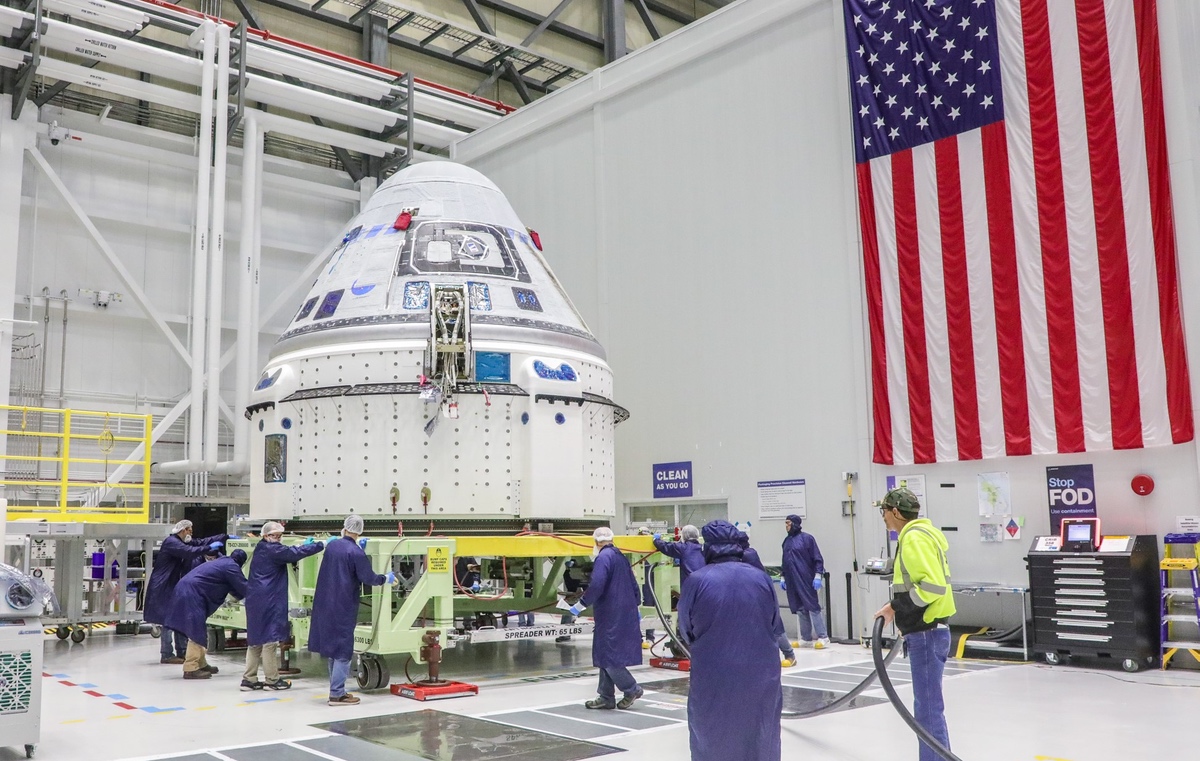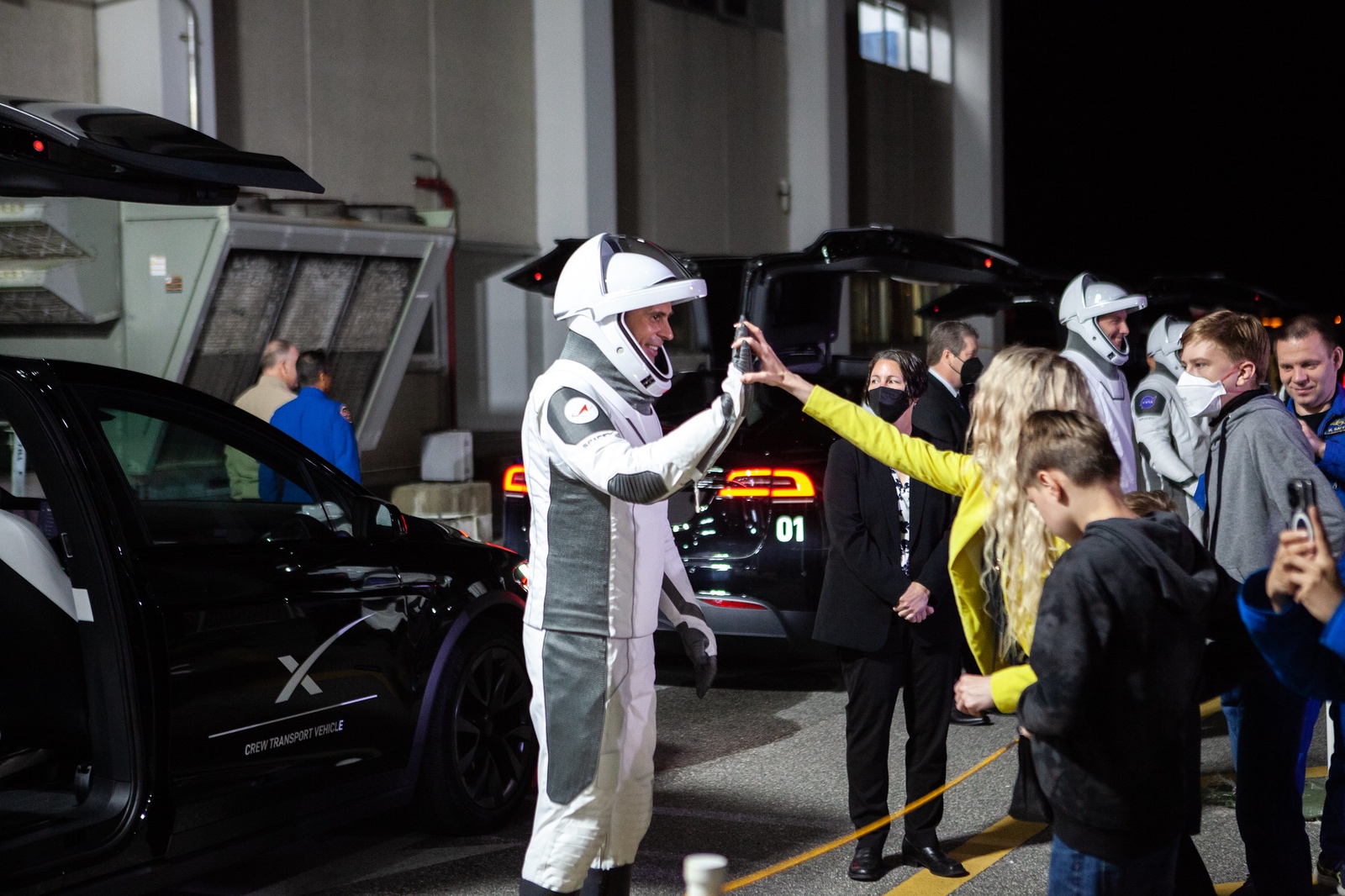Eric Berger:
NASA will pay Boeing more than twice as much as SpaceX for crew seats
But incredibly, Boeing is probably losing money:Boeing, in flying 24 astronauts, has a per-seat price of $183 million. SpaceX, in flying 56 astronauts during the same time frame, has a seat price of $88 million. Thus, NASA is paying Boeing 2.1 times the price per seat that it is paying SpaceX, inclusive of development costs incurred by NASA.
From these numbers it may seem like Boeing is profiteering from a government program, but that is likely not the case. Commercial crew is a fixed-price program, which means the companies are responsible for overruns. Boeing has already reported about half a billion dollars in charges due to the need to refly an uncrewed Starliner demonstration mission. Two sources told Ars the program has been a money-loser for Boeing, as it has struggled to manage the transition from cost-plus to fixed-price contracts.








